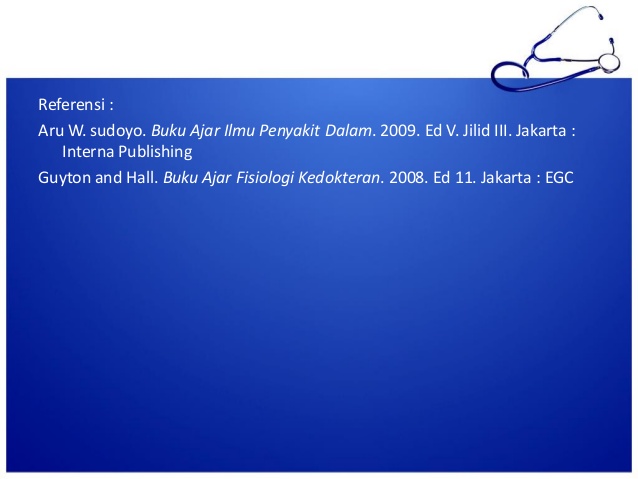


Kekuatan transversa resin akrilik jenis heat cured yang direndam dalam minuman tuak. Pengaruh sifat-sifat fisik resin akrilik terhadap basis protesa. Viabilitas sel fibroblast BHK-21 pada permukaan resin akrilik rapid heat cured. Porositas resin akrilik rapid heat-cured dengan proses kuring yang berbeda. Thermoplastic resins for flexible framework removable partial dentures. Perubahan warna lempeng resin akrilik yang direndam dalam larutan disinfektan sodium hipoklorit dan klorhexidin. Oxford : Blackwell Scientific Publication, 1987 : 353-71 8. Wilson HJ, Mansfield MA, Health JR, Spence D. New Dehli: Jaypee Brothers Medical Publishers (P), 1998: 98-137 7. Kekuatan transversa (transversal strength) akrilik self cured dan akrilik heat cured direndam rebusan daun sirih (piper bittle) sebagai bahan pembersih gigi tiruan lepasan. England : Blackwell Scientific Publications, 1972 : 19, 212, 226-7. Further studies are needed to identify factors present or absent in the diets that contributed to the present poor development of W. Only a maximum of 6% of first stage larvae were successfully reared to the adult stage.

There was a high mortality in the pupal stage, from 61 to 100%. The mean weights of puparia from artificial diets ranged from 38.7 to 59.3 mg, compared to 92.2 mg of puparia from larvae collected from natural infestations. Mortality of larvae during all larval stadia was 64-98%, compared to 33% in batches of third stage larvae collected from natural infestations. However, during the second stage, and especially after renewal of diet associated with disturbance of the larvae, many larvae began to disperse, crawling over the surface of the media and feeding less intensively. There was no mortality of first stage larvae, which appeared to feed together in foci, in a natural manner. The larvae were incubated on the diets at 37 degrees C. The diets were based on various combinations of five to seven of eight ingredients: water, agar, blood (heparinized or dried), ground meat, egg yolk, low-fat milk powder, yeast and 10% formol. First stage larvae were harvested from gravid females and were reared in groups of 5-20 on one of six artificial diets. magnifica were established from larvae collected from natural infestations of sheep and cattle in central Hungary. magnifica, particularly in the long period of the year when natural populations of the fly are unavailable for study. Studies were therefore made of in vitro rearing to facilitate development of laboratory colonies that could be used in a wide range of biological. Although it can be reared in vivo without technical difficulty, such rearing presents ethical problems. Wohlfahrtia magnifica (Schiner) (Diptera: Sarcophagidae) is the main agent of traumatic myiasis in many European, African and Asian countries.


 0 kommentar(er)
0 kommentar(er)
